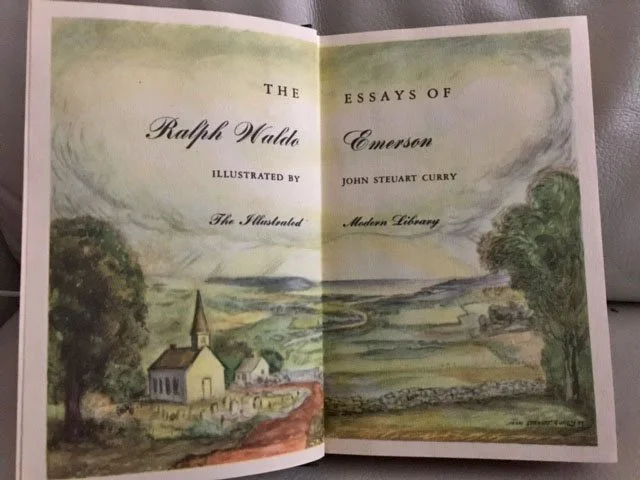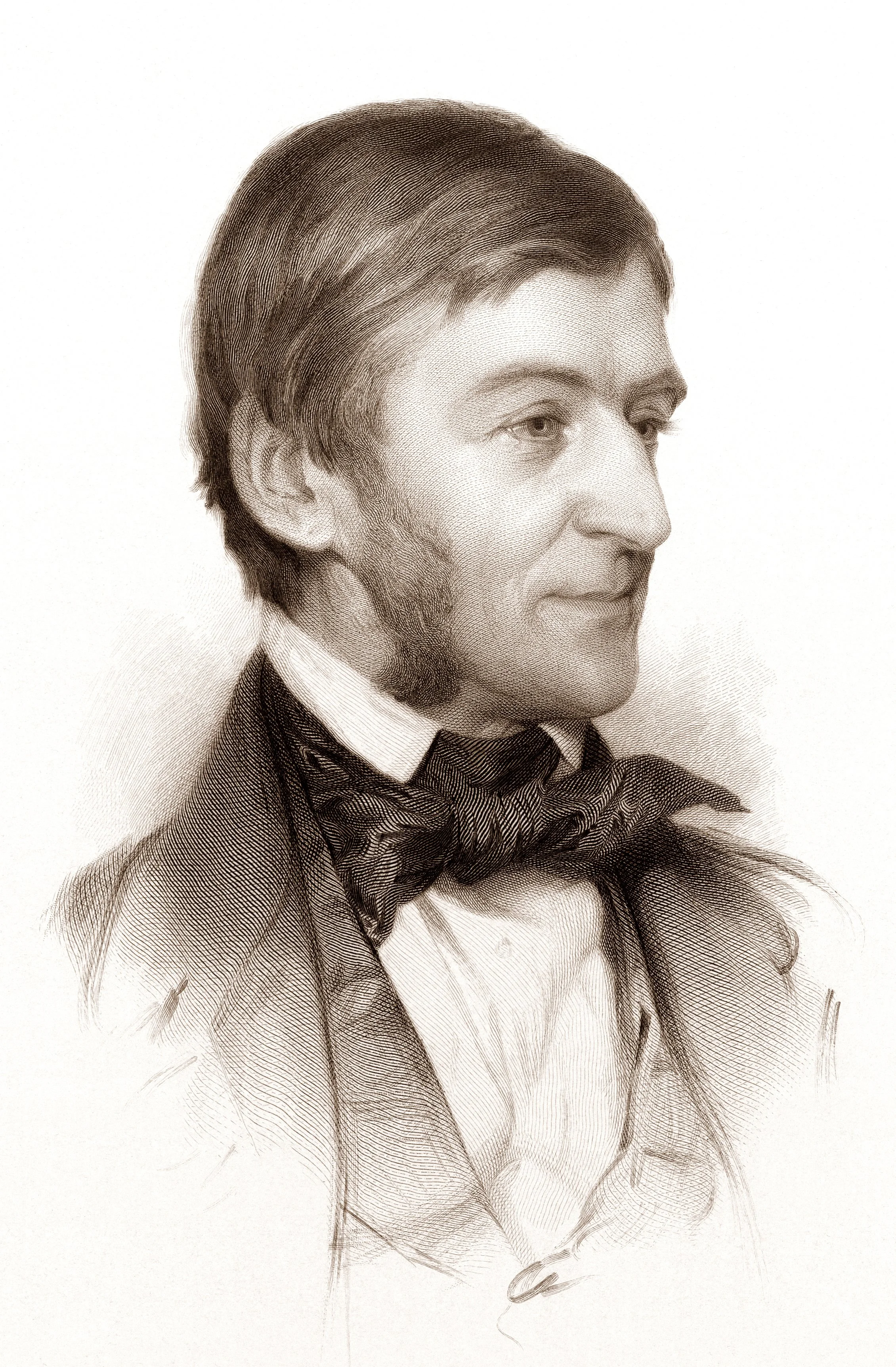
The Lyceum
A gathering place for engaging Emersonian content to educate & entertain.
“Born Believing”: Ralph Waldo Emerson’s Birthday
Celebrating the occasion of Ralph Waldo Emerson’s 222nd birthday with a look back at the world into which he was born, and the beliefs that shaped his lasting impact on it.
Margaret Fuller
The friendship between two intellectual powerhouses of the mid-nineteenth century—Margaret Fuller and Ralph Waldo Emerson—began with a visit to Concord in 1836. Fuller later joined the “Transcendental Club” and her book Woman in the Nineteenth Century—the first major feminist work in America—grew from an essay published in The Dial magazine under Emerson’s editorship.
Christopher Cranch: Transcendentalist, Artist, and Follower of Emerson
Reprinted from The Public Domain Review, this essay explores the friendship of Transcendentalist illustrator Christopher Cranch and Ralph Waldo Emerson. Cranch’s collection of humorous sketches inspired by phrases from Emerson’s Nature—including his famed “transparent eyeball” drawing—is considered one of his greatest achievements.
The American Scholar: Emerson’s Call to Awaken American Thought
An examination of the themes and context of Emerson’s momentous 1837 speech, "An Oration, Delivered before the Phi Beta Kappa Society at Cambridge,” later retitled “The American Scholar.” At the time, Emerson was just embarking on his remarkable 40-year career as an essayist, poet and speaker. His mind was racing with new ideas designed to increase individual expression and promote the importance of nature to thought and literature, and the Transcendental Club was founded soon thereafter.
Winter Reflections
Excerpts on the wonders of winter from Emerson’s poems, essays, and other writings, accompanied by recent photos of the snowy landscapes around his Concord home.
Consider the Sibyls
Well-versed in classic poetry and philosophy—a literature rich with heroic, mythic, and sacred figures—Emerson also admired Renaissance art, particularly works by Michelangelo and Raphael inspired by the vast iconography of the ancient world. Among the images of heroes, angels, and gods at the Emerson House are prints of five famous portraits of sibyls by Italian painters.
The Very Quotable Emerson
Ralph Waldo Emerson gave more than a thousand lectures over 40 years, sharing his thoughts with audiences in the hope that they might reflect and learn. As we start this new year, hopeful of positive changes, we share a selection of some of Emerson’s most notable quotations.
Edith Emerson & Thanksgiving
After she married and moved away, the Emersons’ younger daughter, Edith Emerson Forbes, was missed at home and the family looked forward to her visits. Born in late November, Edith’s birthday wishes included invitations to return to Concord for Thanksgiving, bringing her own growing family. The Emersons celebrated the holiday over two days and often hosted dozens of relatives for the occasion, preparing for weeks in advance.
Nature Published
On this day in 1836, Ralph Waldo Emerson’s groundbreaking essay “Nature” was published, establishing the foundation of Transcendentalism.
The American Scholar
On this day in 1837, Ralph Waldo Emerson delivered his famed address, “"An Oration, Delivered before the Phi Beta Kappa Society at Cambridge," later retitled “The American Scholar.” Oliver Wendell Holmes called Emerson’s speech America’s “intellectual Declaration of Independence.”
Happy Birthday, Mr. Emerson
This inaugural blog post shares a biographical profile of Ralph Waldo Emerson on the occasion of his 217th birthday.











